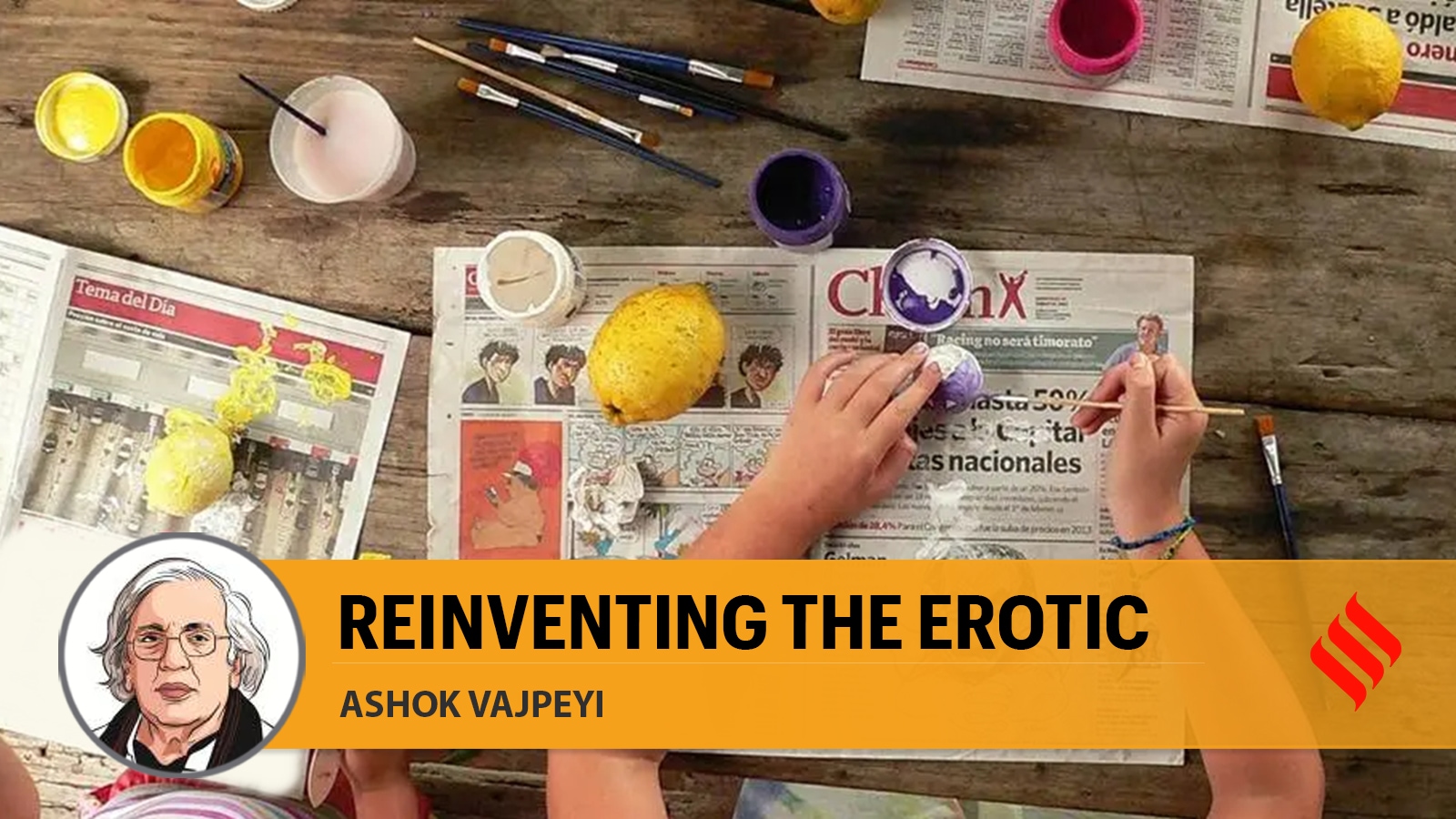It was in the year 1954 that the Presidency Magistrate Bombay in State vs Akbar Padamsee quoted from an earlier judgment: “… For the purpose of deciding whether a picture is obscene or not, one has to consider to a great extent the surrounding circumstances, the pose, the posture, the suggestive element in the picture, the person into whose hands it is likely to fall, etc.” It acquitted the artist, Padamsee, from the charge of obscenity for two of his works, Lovers, that had been seized by a police officer.
Almost 70 years since, three of Padamsee’s works (one drawing and two photographs) and four works of F N Souza were confiscated by the Assistant Commissioner of Customs (ACC) Mumbai who found them “obscene material” and prohibited them from being imported into the country by a Mumbai-based industrialist and art collector. He even ordered the works to be destroyed but the Bombay High Court stayed his order. The Court, while ordering immediate release of these artwork, observed that the ACC had failed to appreciate that “sex and obscenity are not always synonymous… Obscene material is that which deals with sex in a manner appealing to prurient interest,” quoting the US Supreme Court in Roth vs USA.
There are many similarities between the two cases; First, both involve works of a widely acknowledged modern master of Indian art — Padamsee. Second, in both cases, the concerned officials making the crucial decision share the view that nudity is per se obscene. Third, these worthy officials, one from the police and the other from Customs, have assumed authority to judge these artwork without even any elementary knowledge of or sensitivity to modern art. Fourth, both incidents took place in a city — Bombay or Mumbai — where a crucial and historically innovative movement for modern art started in 1947. Known as the Progressive Artists Group, it had both Souza and Padamsee as its members.
In the past 70 years, modern Indian art has been widely accepted for its innovation, imaginative courage, interrogative spirit, reinvention of many elements of Indian tradition and a rooted indigenous modernity. Today, it is globally recognised as an important but distinct part of modernism and postmodernism. I have just returned from Venice and London. In the Venice Biennale, works of several Indian painters, including Souza and Akbar, are included. A major show of M F Husain is a collateral event there. In London, there is an innovative show called ‘The Imaginary Institution of India’ at the Barbican, covering art from India between 1975 to 1998.
But equally disturbing is the fact that in the last 70 years, time and again, there have been attempts to disrupt, malign, and shut down shows of art and artists on grounds of “hurt feelings” and moral outrage over depictions of homosexuality, politics, religion, etc. An artist of Husain’s calibre had to face charges for painting Saraswati in the nude when there is an entrenched artistic tradition to sculpt gods and goddesses in the nude, contest dozens of cases filed by Hindu zealots in many cities of India and leave the country he loved and painted in such vivid plurality to live and die in self-exile in London.
All these events have to be seen in the wider context. A skillfully orchestrated political move has resulted in cultural amnesia in the educated middle class who have forgotten that in our tradition, dichotomy of the physical and the metaphysical, the spiritual and the erotic did not exist. It was brought into play in the 19th century when the colonial policy, more or less, imposed notions of Victorian morality and several non-Indian binaries on us. Prudery, the assertion of a masculine Hindutva etc. are products of that imposed non-Indian value system.
most read
In this sad loss of cultural memory, we seem to be forgetting that Indians wrote one of the first ever books on sexology, Kamasutra; they sculpted erotic images in the temples of Khajuraho and Konark, to name only two of the many. One of the boldest erotic poems, Geetagovindam, was not only written in India a thousand years ago but is sung and danced in temples across the country even now. To revise, rediscover and reinvent the erotic in our amnesia-ridden times, therefore, must be seen as a rehabilitation of the human elements of our tradition. In any case, no celebration and exploration of life can be adequate without including the erotic impulse. The current judgment states that the petitioner has correctly pointed out that “nude sculpture and art are prevalent in several temples and celebrated for their artistic excellence.”
Indian bureaucracy, with notable exceptions, have very much been a part of a widespread cultural illiteracy. It is notorious for interfering in matters it knows nothing about and all too often not acting where it is required to. Both the police inspector in 1954 and the ACC in 2024 are members of the same bureaucracy and chose to intervene in matters about which they had no knowledge. Nor did they feel it necessary to consult an expert before taking action. This arrogant prudery reigns all over. The two national institutions devoted to visual arts — the Lalit Kala Akademi and the National Gallery of Modern Art, born out of a democratic desire to promote modern artistic expression in all its plurality — have kept quiet. The media, largely insensitive to the arts, also does not ask questions.
After at least a hundred years of vibrant plural modernity, it is a pity that arts in our country have to suffer harsh treatment from ignorant officials and are forced to defend themselves in courts of law. Are we, as a society, losing all aesthetic and moral sense and feel neither concern nor care for our own arts?
The writer is a Hindi poet-critic and art lover


